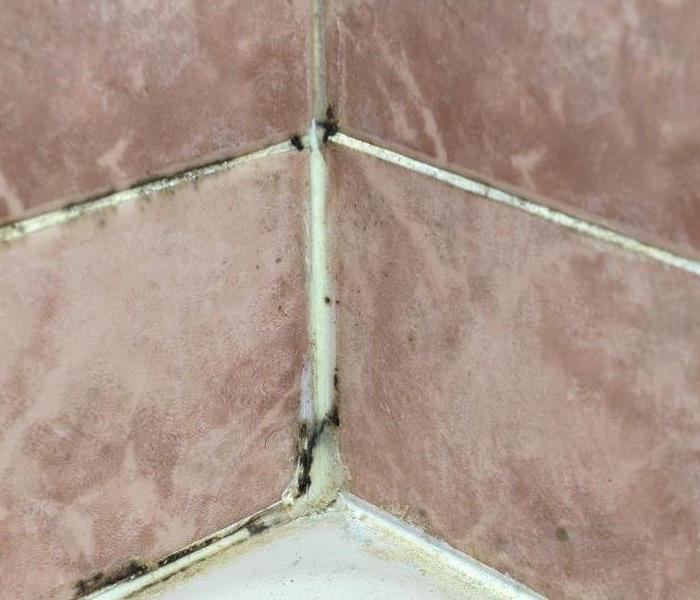Discolored Ceiling Tiles Are Often the Result of Leaks
7/16/2018 (Permalink)
 In most cases, tile discoloration happens when moisture has broken through the tile material and caused water damage.
In most cases, tile discoloration happens when moisture has broken through the tile material and caused water damage.
Discoloration of ceiling tiles in a building is usually the result of water infiltration; often, this leads to issues with tile mold. Locations like Stillwater, OK, are hardly unique in this regard, as the phenomenon is quite common. Knowing a bit about how to address this issue can help a building owner decide whether or not it is necessary to call in a professional service to remediate the damage.
Identify the Cause of the Discoloration
In most cases, tile discoloration happens when moisture has broken through the tile material and caused water damage. There are at least three common reasons why this occurs.
1. A roof leak is often the culprit of water infiltration. Heavy precipitation and wind that lifts roofing material or flashing can allow rain, sleet, snow or snowmelt inside, and gravity does the rest.
2. A failure in the HVAC system can allow moisture to collect and condense. This water can soak ceiling tiles and stain them. Tile mold can be another unwelcome outcome.
3. Interior plumbing that runs above ceilings can fail in a multitude of ways and send water or other liquids onto the ceiling tiles beneath.
Determine the Extent of the Damage
After a stain or discoloration on a ceiling tile has been noticed, it is important not to delay looking for the source. Timely remediation of the leak, whether it is a trickle or something more, can save property owners further aggravation and expense. After the repair has been made, assess how widespread the discoloration is and swap out the stained tiles with new ones.
Besides being aesthetically displeasing, stains on ceiling tiles in a building are a signal that all is not well and watertight up above. It is important to read this sign as early as possible to avoid an escalation of the problem, such as the development of tile mold. For more information, visit http://www.SERVPROstillwaterguthrie.com/.



 24/7 Emergency Service
24/7 Emergency Service